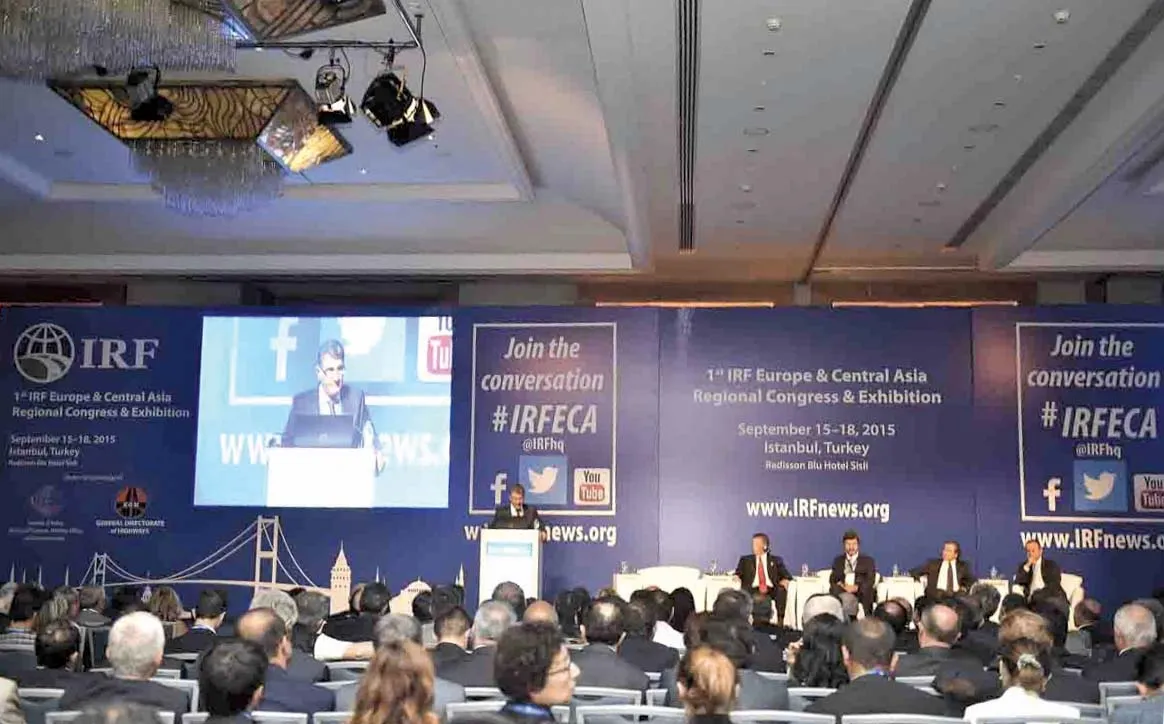Construction of the Russian stretch of the highway connecting Europe with China should be complete by 2018. This section of the project is costing close to US$22.6 billion. The international transit corridor from Europe to Western China is of key economic significance. The first sections of the Russian portion of the route form part of the new high-speed federal highway M-11 from Moscow to St Petersburg. About 40% of the highway will run through the Volga federal district. The 8,400km long international tra
November 30, 2015
Read time: 2 mins
Construction of the Russian stretch of the highway connecting Europe with China should be complete by 2018. This section of the project is costing close to US$22.6 billion. The international transit corridor from Europe to Western China is of key economic significance. The first sections of the Russian portion of the route form part of the new high-speed federal highway M-11 from Moscow to St Petersburg. About 40% of the highway will run through the Volga federal district. The 8,400km long international transit corridor will run through Russia, Kazakhstan, and China. Kazakhstan plans to finish construction of its part of the highway by 2016, while China has almost completed work on its portion of the route.
Russia aims to improve its road system overall and the The Transport Ministry Maxim says that 100% of federal motorways should meet standards by 2018. Currently, only 50% of roads meet this criterion. Public-private partnership (PPP) mechanisms will be used as additional sources of funding, along with funds received from charging heavy trucks for the use of federal roads. Meanwhile around 700km of new roads should be built in the Troitsky and Novomoskovsky Administrative Districts of Moscow (New Moscow) by 2035.
Russia aims to improve its road system overall and the The Transport Ministry Maxim says that 100% of federal motorways should meet standards by 2018. Currently, only 50% of roads meet this criterion. Public-private partnership (PPP) mechanisms will be used as additional sources of funding, along with funds received from charging heavy trucks for the use of federal roads. Meanwhile around 700km of new roads should be built in the Troitsky and Novomoskovsky Administrative Districts of Moscow (New Moscow) by 2035.








